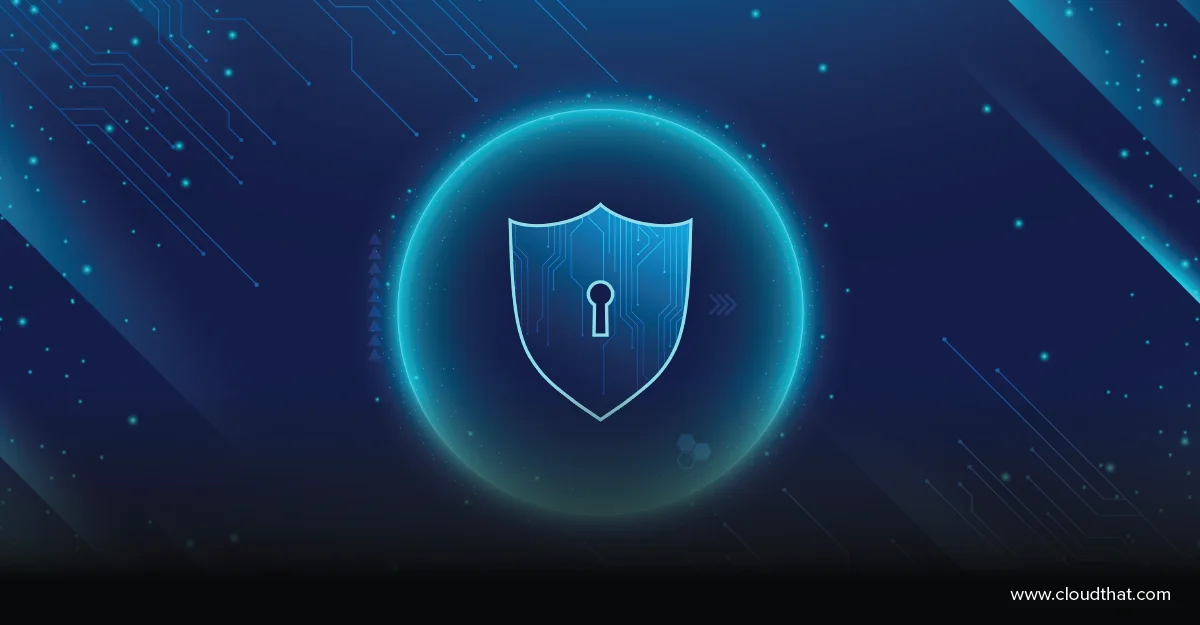|
Voiced by Amazon Polly |
Introduction
In recent years, cloud computing has become increasingly popular, and more and more businesses are moving their applications and data to the cloud. However, with this shift comes new security challenges, as organizations need to protect their digital assets from a wide range of cyber threats. Fortunately, AWS provides various security features and services to help organizations secure their cloud infrastructure and mitigate security risks. In this blog post, we will delve into the best practices and strategies that you can use to protect your business with AWS security.
However, securing your AWS infrastructure is not just about using the right tools and services. It’s also important to follow security best practices, such as enforcing strong passwords, implementing multi-factor authentication (MFA), and encrypting sensitive data. Implementing these best practices can significantly reduce the risk of cyber-attacks and data breaches.
Pioneers in Cloud Consulting & Migration Services
- Reduced infrastructural costs
- Accelerated application deployment
Best Practices and Strategies
The best practices and strategies that you can use to secure your AWS infrastructure, including:
- Use Multi-Factor Authentication (MFA)
- Use strong passwords and rotate them regularly
- Restrict access to resources
- Encrypt sensitive data
- Monitor and log all activity
- Use network access control lists and security groups (ACLs)
- Use AWS security services
- Regularly update and patch your software and operating systems
- Use Multi-Factor Authentication (MFA)
Multi-Factor Authentication (MFA) is a security feature that requires users to provide more than one form of authentication to access their account. This is important because if an attacker obtains a user’s password, they will still need the second authentication factor to gain access. AWS supports many MFA options, including virtual devices, hardware tokens, and SMS messages. Enforcing MFA for all user accounts is a simple yet effective way to add a layer of security to your AWS infrastructure.
- Use strong passwords and rotate them regularly
Strong passwords are essential to prevent brute force attacks, where attackers try to guess a user’s password using automated software to generate many password combinations. AWS recommends using a password at least 12 characters long and containing upper- and lower-case letters, numbers, and symbols. Rotating passwords regularly is important to prevent unauthorized access to your account. You can use AWS IAM policies to enforce password complexity requirements and password rotation.
- Restrict access to resources
AWS Identity and Access Management (IAM) is a powerful tool that allows you to create and manage user accounts with specific permissions. By defining policies that grant access to only the resources that users need to perform their job functions, you can minimize the risk of unauthorized access. You can also use IAM to create roles that grant temporary access to AWS resources. This is useful when you must give a third-party access to your resources for a limited time.
- Encrypt sensitive data
Any security plan must include encryption as a crucial element. AWS Key Management Service (KMS) allows you to encrypt data at rest and in transit. This ensures that even if your data is compromised, it cannot be accessed without the appropriate encryption keys. You can use KMS to create and manage keys to encrypt and decrypt data. KMS integrates with many AWS services, making it easy to encrypt data in transit and at rest.
- Monitor and log all activity
Monitoring and logging all activity in your AWS infrastructure are crucial for detecting and responding to security incidents. AWS CloudTrail is a service that records all API activity in your AWS account. You can use CloudTrail to monitor activity across your entire infrastructure and troubleshoot application issues. AWS Config is a service that allows you to track changes to your AWS resources over time. This can help you identify security risks and ensure compliance with regulatory requirements.
- Use network access control lists and security groups (ACLs)
Security groups and network access control lists (ACLs) are two powerful tools that can help you secure your AWS infrastructure. Security groups act as virtual firewalls that control inbound and outbound traffic to and from your instances. You can use security groups to allow or deny traffic based on protocol, port, and IP address. Network ACLs operate at the subnet level and allow you to control traffic between subnets. Using security groups and network ACLs, you can enforce security policies and protect your instances from unauthorized access.
- Use AWS security services
AWS offers a wide range of security services that can help you protect your infrastructure from cyber threats. Amazon GuardDuty is a threat detection service that uses machine learning to identify suspicious activity in your AWS account. AWS WAF is a web application firewall that helps protect your applications from common web exploits AWS.
- Regularly update and patch your software and operating systems
By regularly updating and patching your software and operating systems, you can stay ahead of emerging security threats and ensure that your AWS infrastructure remains secure and up to date.
AWS provides tools and services to help you manage software updates and patches, including Amazon Elastic Compute Cloud (EC2) Systems Manager and AWS Systems Manager Patch Manager. These tools enable you to automate applying updates and patches to your Amazon EC2 instances and other AWS resources, ensuring that your infrastructure is always up to date and shielded from the most recent security dangers.
Conclusion
Securing your AWS infrastructure is critical for protecting your data and ensuring business continuity. By following the best practices outlined in this post, you can create a secure environment that minimizes the risk of cyberattacks and data breaches. From using MFA and strong passwords to encrypting sensitive data and monitoring all activity, each step is crucial in keeping your AWS infrastructure secure.
Making IT Networks Enterprise-ready – Cloud Management Services
- Accelerated cloud migration
- End-to-end view of the cloud environment
About CloudThat
CloudThat is an award-winning company and the first in India to offer cloud training and consulting services worldwide. As a Microsoft Solutions Partner, AWS Advanced Tier Training Partner, and Google Cloud Platform Partner, CloudThat has empowered over 850,000 professionals through 600+ cloud certifications winning global recognition for its training excellence including 20 MCT Trainers in Microsoft’s Global Top 100 and an impressive 12 awards in the last 8 years. CloudThat specializes in Cloud Migration, Data Platforms, DevOps, IoT, and cutting-edge technologies like Gen AI & AI/ML. It has delivered over 500 consulting projects for 250+ organizations in 30+ countries as it continues to empower professionals and enterprises to thrive in the digital-first world.
FAQs
1. Can I use third-party security tools with AWS?
ANS: – Yes, you can use third-party security tools with AWS. Many security vendors offer solutions integrating with AWS services to enhance security capabilities.
2. How often should I rotate my passwords?
ANS: – AWS recommends that you rotate your passwords at least every 90 days. However, you may want to consider rotating them more frequently for high-risk accounts or sensitive data.
3. What is the AWS Shared Responsibility Model?
ANS: – The AWS Shared Responsibility Model is a security framework that outlines the responsibilities of AWS and its customers for securing the cloud infrastructure. AWS is responsible for securing the underlying infrastructure, while customers are responsible for securing their applications, data, and operating systems.
4. How do I ensure that my AWS infrastructure complies with security best practices?
ANS: – AWS offers a wide range of security services and tools that can help you ensure compliance with security best practices. AWS Trusted Advisor is a service that recommends optimizing your infrastructure for security, cost optimization, performance, and fault tolerance. You can also use AWS Config to track changes to your infrastructure and ensure compliance with security policies.

WRITTEN BY Shaikh Mohammed Fariyaj Najam
Mohammed Fariyaj Shakh is a Sr. Research Associate – Cloud Engineer at CloudThat with a strong background in AWS and Azure infrastructure management, security, optimization, and automation. Certified in both AWS and Azure, he has hands-on experience in designing, implementing, and managing highly reliable, secure, and scalable cloud solutions. Well-versed in DevOps practices and tools such as Git, GitHub, AWS CI/CD, Jenkins, Docker, Kubernetes, and Terraform, Fariyaj leverages his expertise in automation, Infrastructure as Code (IaC), and container orchestration to build and manage robust deployment pipelines. Known for his strong troubleshooting skills, he delivers effective and scalable solutions to complex cloud challenges.


 Login
Login


 May 16, 2023
May 16, 2023 PREV
PREV










Comments